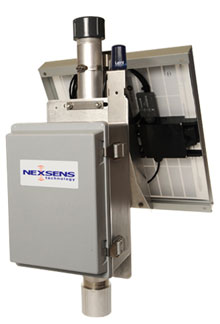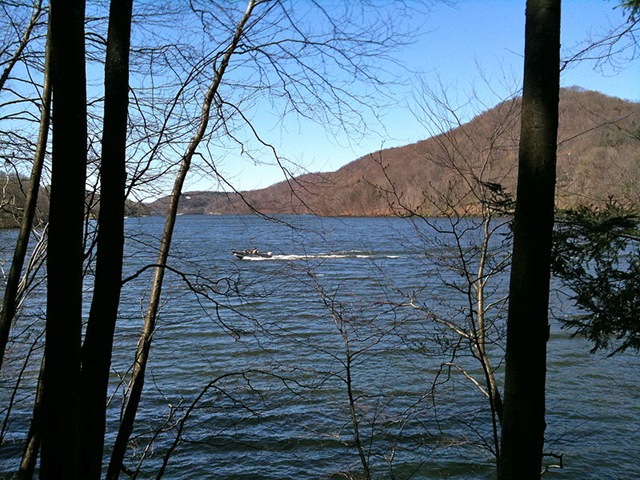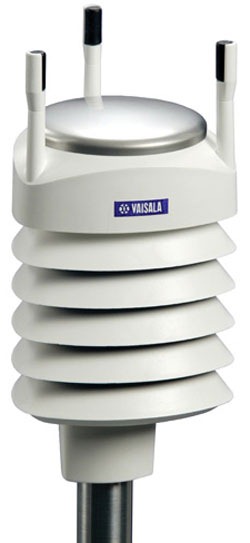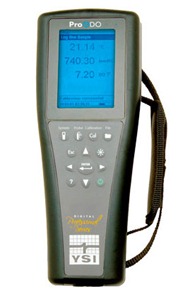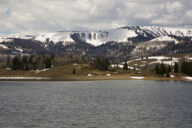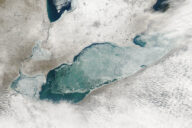Product Spotlight: Lufft multi-parameter weather sensors
0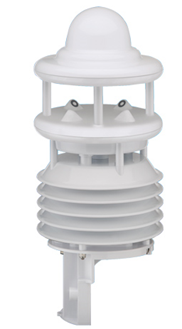 The Lufft family of multi-parameter weather sensors offers cost-effective, compact units that can be utilized for land- and buoy-based meteorological stations.
The Lufft family of multi-parameter weather sensors offers cost-effective, compact units that can be utilized for land- and buoy-based meteorological stations.
These weather sensors come in five different models, each capable of measuring a different combination of parameters. This level of flexibility makes it possible to purchase a single, compact, pole-mounted sensor that measures only the required parameters for a project.
Moreover, each model is designed to reduce maintenance requirements normally associated with traditional analogue mechanical weather sensors, such as cup and vane wind speed and direction sensors.
The five models measure the following weather parameters:
- WS200: Wind speed and direction with an integrated electronic compass for corrected wind direction on moving platforms
- WS300: Air temperature, humidity, and pressure
- WS400: Air temperature, humidity, pressure, and precipitation
- WS500: Air temperature, humidity, pressure, and wind with an integrated electronic compass for corrected wind direction on moving platforms
- WS600: Air temperature, humidity, pressure, precipitation, and wind with an integrated electronic compass for corrected wind direction on moving platforms
Temperature is measured using a highly accurate NTC-resistor, while humidity is measured using a capacitive humidity sensor. Both sensors are located in a ventilated radiation shield to reduce the effects of solar radiation.
Absolute air pressure is measured using a built-in MEMS sensor. The relative air pressure referenced to sea level is calculated using the barometric formula with the aid of the local altitude, which is user-configurable on the equipment.
The wind sensor uses four ultrasound sensors, which take cyclical measurements in all directions. The resulting wind speed and direction are calculated from the measured run-time sound differential.
The integrated electronic compass can be used to check the north-south adjustment of the sensor housing for wind direction measurement. It is also used to calculate the compass-corrected wind direction.
Field-proven radar technology is used to measure precipitation. The precipitation sensor works with a 24GHz Doppler radar, which measures the drop speed and calculates precipitation quantity and type by correlating drop size and speed.
All WS weather stations are compatible with almost any programmable logic controller that communicates via MODBUS data stream. They can also be configured via ASCII digital language, SDI-12, UMB, NMEA, or analog. All models are covered to protect them from the elements and can be integrated into any building control system.
For more details, call Fondriest Environmental at (888) 426.2151, e-mail customercare@fondriest.com, or visit http://www.fondriest.com/vendor/lufft.htm.




